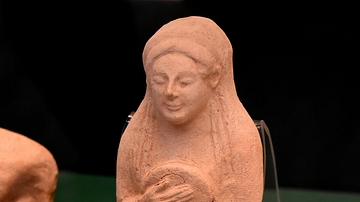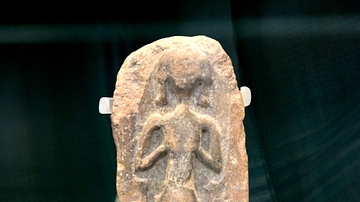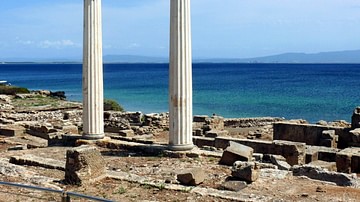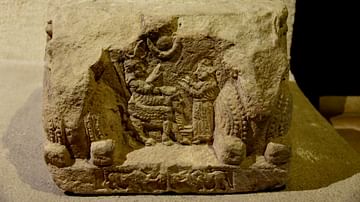Illustration
This is baked clay votive plaque of a nude woman in low relief, most likely the goddess Astarte. Her Egyptian style wig was painted black. She puts her hands at her breasts. The hole at the top is for suspension. This is a development of the Late Bronze Age Canaanite type. Phoenician or Cypro-Archaic, 6th century BCE. From Grave 11 at Tharros, Sardinia, modern-day Italy. (The British Museum, London)
About the Author
Cite This Work
APA Style
Amin, O. S. M. (2017, September 06). Goddess Astarte Votive Plaque. World History Encyclopedia. Retrieved from https://www.worldhistory.org/image/7204/goddess-astarte-votive-plaque/
Chicago Style
Amin, Osama Shukir Muhammed. "Goddess Astarte Votive Plaque." World History Encyclopedia. Last modified September 06, 2017. https://www.worldhistory.org/image/7204/goddess-astarte-votive-plaque/.
MLA Style
Amin, Osama Shukir Muhammed. "Goddess Astarte Votive Plaque." World History Encyclopedia. World History Encyclopedia, 06 Sep 2017. Web. 22 Oct 2024.








